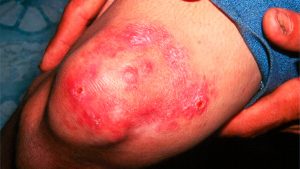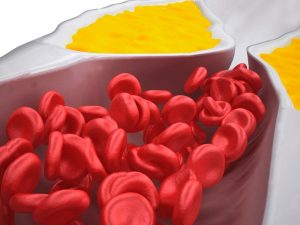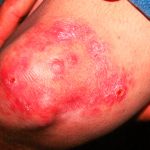Facts to watch, prevention and complications
Lyme disease is a very serious vector borne transmitted infection. If not treated promptly, the symptoms and signs can develop into severe complications like chronic arthritis, heart problems, and neurological impairments.
May was established as the World’s Lyme Disease Awareness Month, but just a month isn’t enough to get well informed about this serious vectorborne transmitted infection that affects so many people in certain regions of the United States of America.
STATISTICS AND FACTS ABOUT LYME DISEASE
- May is the World’s Lyme Disease Awareness Month.
- It’s the most common tick-borne (vectorborne) disease in the United States.
- It doesn’t occur nationwide, and is concentrated heavily in the northeast and upper Midwest.
- There are 300,000 reported Lyme disease cases each year.
- Children and teenagers make up 25% of all reported Lyme disease cases; hence, at least 75,000 children are diagnosed with Lyme disease annually, and 205 each day.
80 million Americans live in the most high-risk areas of Lyme disease.
How does Lyme disease start?
The affected children reported symptoms like skin rashes followed by swollen knees and joints, paralysis, headaches and severe chronic fatigue.
Surprisingly, they all recalled having been bitten by a bug…
SYMPTOMS OF LYME DISEASE
The signs and symptoms of Lyme disease may vary depending on the stage of the illness. From 3 to 30 days after the tick bite, patients may present fever, chills, headache, fatigue, muscle and joint pain similar to arthritis, and swollen lymph nodes. Also, erythema migrans (EM) rash, which sometimes clears as it enlarges, resulting in a target or “bull’s-eye” appearance.
IMPORTANT: Lyme disease patients are encouraged to begin the usual treatment, antibiotics, as soon as they’re diagnosed by their doctors. The sooner the treatment begins, the quicker and more complete the recovery will be. The oral antibiotics recommended by most healthcare providers are doxycycline, amoxicillin, or cefuroxime axetil. Those people who suffer from other neurological or cardiac conditions might rather be given intravenous antibiotics like ceftriaxone or penicillin. Ask your doctor!











